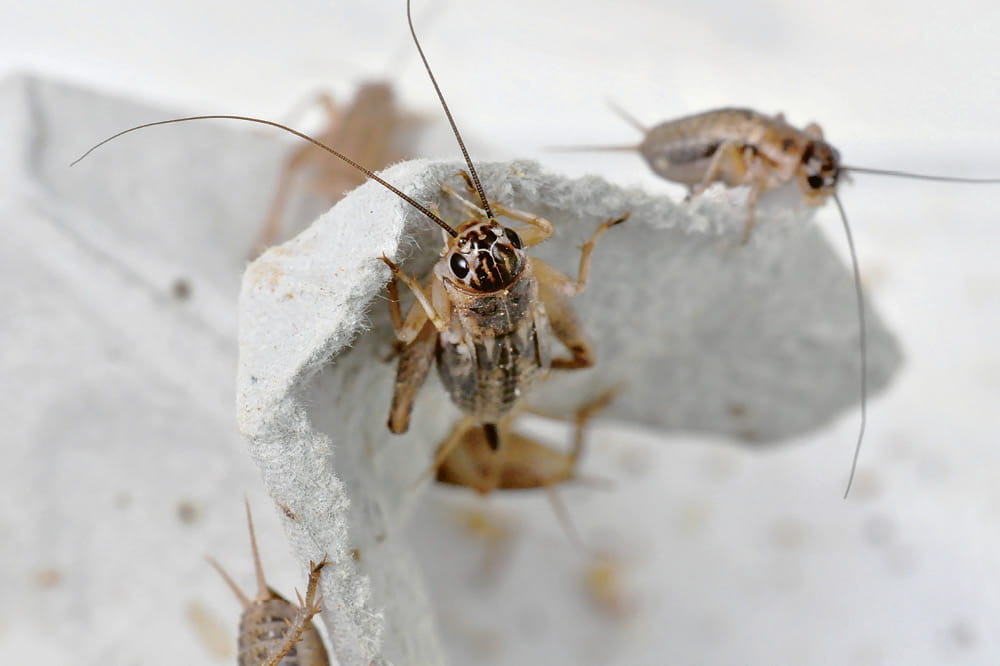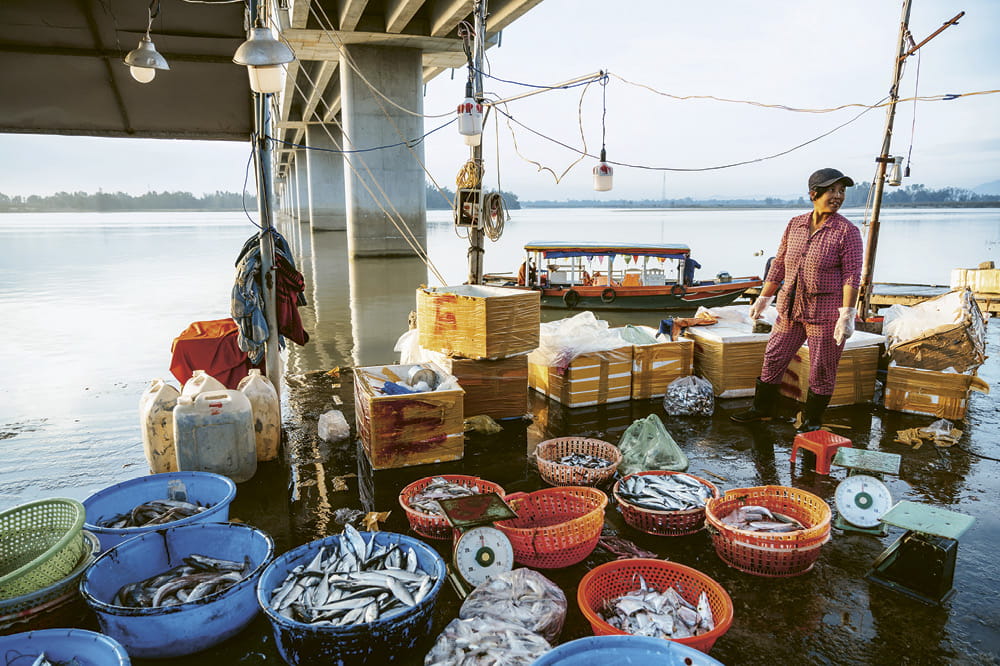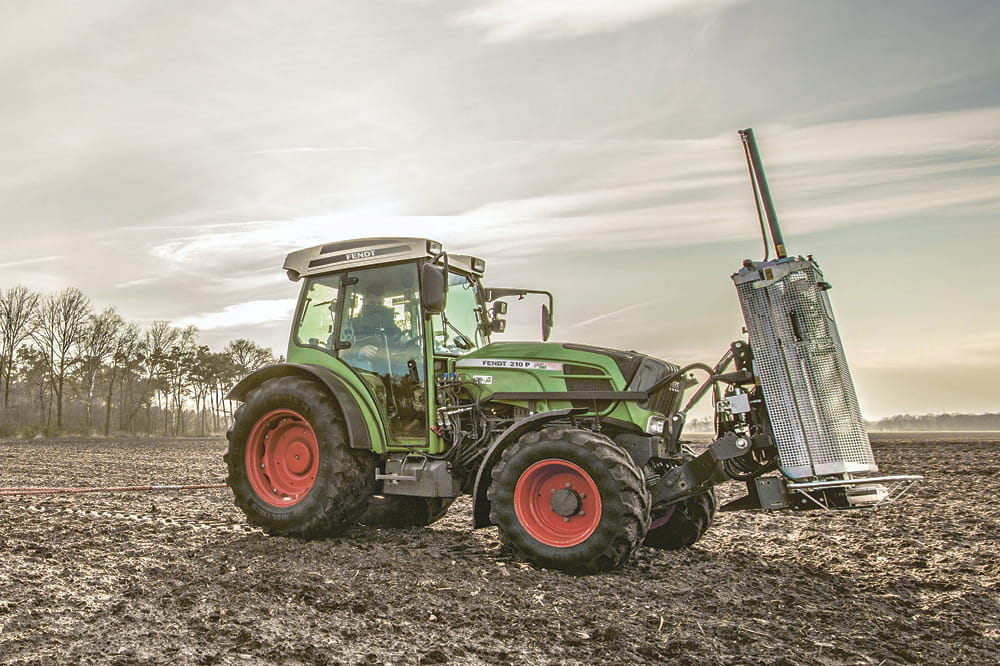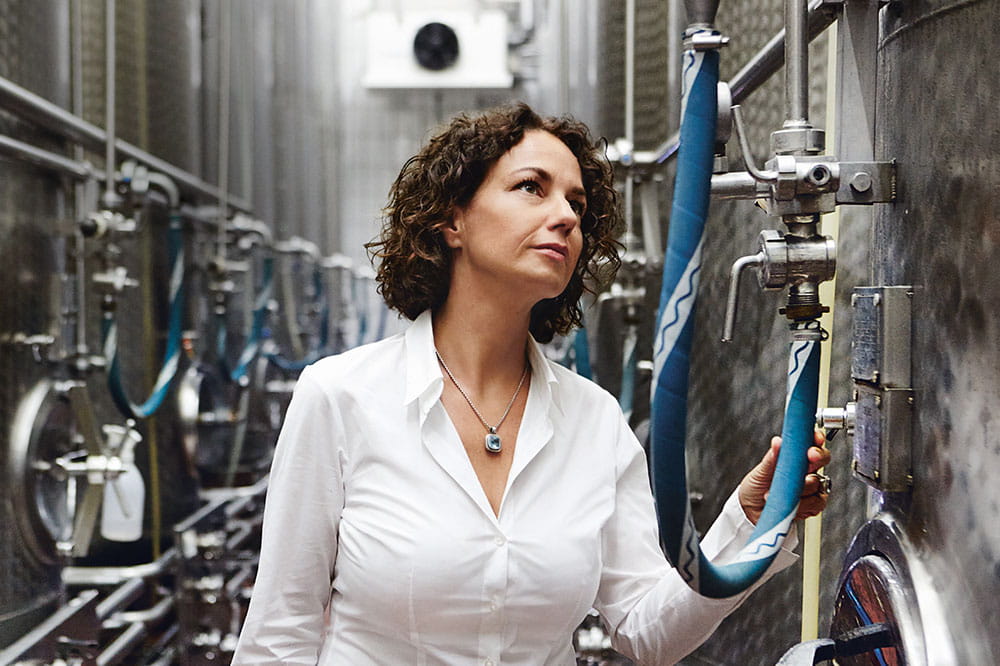Obtain news and background information about sealing technology, get in touch with innovative products – subscribe to the free e-mail newsletter.
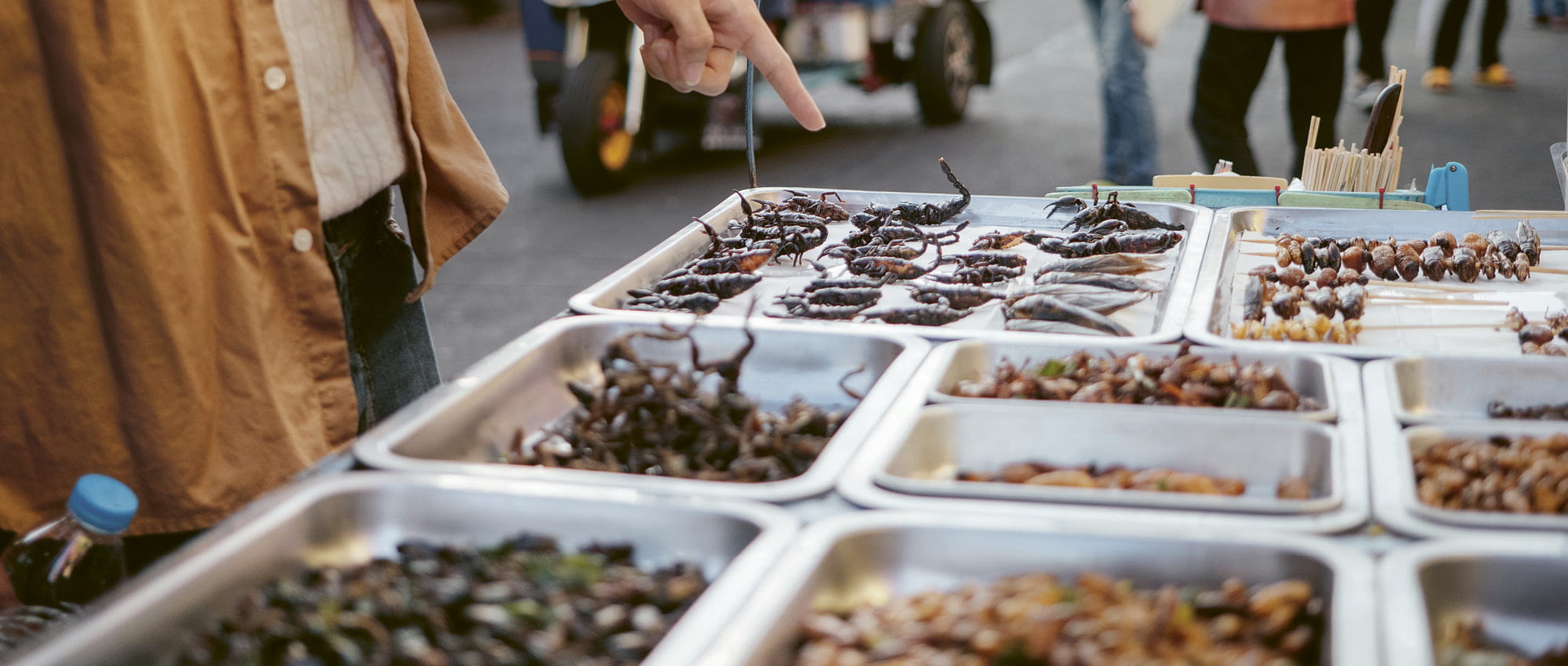
Insects: Food for the Future
Eating insects has a long tradition in Southeast Asia. But the demand for them is even growing elsewhere as people embrace sustainable alternatives to meat. A report on a working cricket farmer.
The scene is a shed in northeast Thailand containing three long rows of brick stalls. The farmer walks along the rows spreading shovelfuls of feed, moving past walls as high as his hips. What looks like a chicken coop, at first glance, is home to a protein source of an altogether different sort. Instead of chickens, thousands of crickets descend upon the fresh feed. Instead of loud cackling, a steady chirping fills the air. These crickets could be an answer to a major global challenge.
Insects as an Alternative
The world’s population is growing at a rapid pace. Based on current projections, there could be 2 billion more people in the world in 2050 than there are in 2023. That represents a major challenge for the food sector. The meat industry, in particular, is being put to the test, since it requires large amounts of farmland, both for the animals and for the crops to feed them. Sustainable growth is almost inconceivable in this industry. The bottom line: The world needs a less resource-intensive alternative with roughly the same nutritional value as meat.
Insects could be that alternative. In all, there are more than 2,000 edible insect species worldwide. Even today, eating insects has a long tradition in about 140 countries. “You can get all the ingredients of meat by eating insects,” said agricultural engineer Florian Berendt. He is the founder of EntoSus, Europe’s first bio-cricket farm. “When they are fresh, both meat and our crickets contain about 20 percent protein,” he said. The nutritional value of crickets is also comparable to meat. “They contain all the essential amino acids, high-quality fats, and vitamins B12 and B2, basically everything that you would now get from meat,” he said.
Cricket Breeding as an Income Source
People in Thailand and other Southeast Asian countries have been putting insect breeding to good use for centuries. Insects have long been a food source in the region. They were originally fare for poorer people who gathered the insects to eat, an important, affordable source of protein. But now edible insects are equally popular at every level of society. The demand in Thailand can hardly be met with insects collected in the wild, and some species are superbly suited to breeding. One is the house cricket, also known as acheta domesticus. People in Thailand began to breed them on a large scale back in 1998. The species is not native to Thailand, but farmers prefer it to indigenous varieties since it grows faster and is thought to taste better.
Insects basically give you everything that you would now get from meat.
Raising crickets is also a good source of income since few workers are required. Just two people can handle a medium-sized cricket farm. “We have five people at EntoSus at the moment,” Berendt said. The company produces 10 tons of crickets per year. By comparison, the harvest is about 4 tons for a medium-sized farm in Thailand with just two employees, generating the equivalent of 1,000 euros (US $1,095) in profit annually. “Our crickets can be harvested after 4 to 6 weeks,” Berendt said. The exact timeframe depends on the ambient temperature and humidity. Unlike Thai farmers, he keeps his crickets in large plastic boxes in a heated room. That isn’t necessary in Southeast Asia where conditions for cricket breeding are ideal. The stalls in Thailand and the boxes at EntoSus are open on top. “We have found that they stay in their boxes as long as they have everything they need,” he said.
Scraps as Fodder
That includes the right food. While the Thai farmers mostly use chicken feed and lettuce, Berendt has found another source of food for his crickets: “To a great extent, we use scraps from the food and agricultural industries,” he said. That is not the only factor boosting crickets as a sustainable food source. “To produce an equivalent quantity of crickets, we only generate about 1 percent of the greenhouse gases that it would take to produce a kilogram of beef,” Berendt said. Crickets are also more sustainable than meat in other ways. About 80 percent of their bodies are edible, while the figure is barely 55 percent for a pig or a chicken. This is the rationale for the insects’ market value, he added. “Our products are bought by people who want to continue to eat a balanced diet while reducing their ecological footprint.”
Edible insects have so far been a niche product in Europe and North America. Many consumers are disgusted at the thought. But the advantages of this unusual food as a form of sustainable nutrition will make it increasingly popular. Thailand is preparing its cricket farmers for the export of a large portion of their harvests and subjecting the product to increasingly strict quality and hygienic standards.
Risks to Biodiversity
Only 2 percent of the insects consumed worldwide are bred in farms. Most are gathered in the wild. But the aggressive pursuit of popular insect species is endangering the biodiversity of the areas where they are native. This puts more strain on insect populations living in habitats already severely threatened by climate change.
Growing Demand
The demand for the tiny six-legged creatures is growing: Market researchers put the industry’s global revenues at more than US $1 billion in 2023. By 2030, that figure should rise to US $8 billion. At EntoSus, Berendt and his team are also processing the crickets on-site. “After the harvest, they are frozen to stun them and then blanched,” he said. Then the crickets are transformed into roasted snacks, cricket burgers or even pâté. “We want to establish crickets as a normal food in Europe as well,” he said. If consumption takes off, Southeast Asia would be ready to pick up the slack.
This article originally appeared in ESSENTIAL, Freudenberg Sealing Technologies’ corporate magazine that covers trends, industries and new ideas. To read more stories like this, click here.
More Stories About Food & Beverage




